Multi-component interventions
Multi-component interventions combine several programs or policies to prevent drunk driving. The key to these comprehensive efforts is community mobilization by involving coalitions or task forces in design and implementation.
Mass media campaigns
Mass media campaigns spread messages about the physical dangers and legal consequences of drunk driving. They persuade people not to drink and drive and encourage them to keep other drivers from doing so. Campaigns are most effective when supporting other impaired driving prevention strategies.
Administrative license revocation or suspension laws
Administrative license revocation or suspension laws allow police to take away the license of a driver who tests at or above the legal BAC limit or who refuses testing. States decide how long to suspend the license; a minimum of 90 days is effective.
Alcohol screening and brief interventions
Alcohol screening and brief interventions take advantage of “teachable moments” to identify people at risk for alcohol problems and get them treatment as needed. This combined strategy, which can be delivered in health care, university, and other settings, helps change behavior and reduces alcohol-impaired crashes and injuries.
School-based instructional programs
School-based instructional programs are effective at teaching teens not to ride with drunk drivers. More evidence is needed to see if these programs can also reduce drunk driving and related crashes.
Nevada Court Accepted Online DUI Course 8 hour
A successful tool for Nevada DUI intervention is the court accepted 702 DUI School Course. This 8 Hour Nevada Court Accepted Online DUI Course is offered online. You can log in and out of the system at your own pace, in order to take the 8 hours at your convenience.
702 DUI School is the Nevada Leading provider for Nevada DUI School.
*Sources
- The Guide to Community Preventive Services (The Community Guide), Motor Vehicle-Related Injury Prevention
- National Highway Traffic Safety Administration. (2015). Countermeasures That Work: A Highway Safety Countermeasures Guide for State Highway Safety Offices, 8th edition .
- 702 DUI School – 702 Online Schools, LLC
